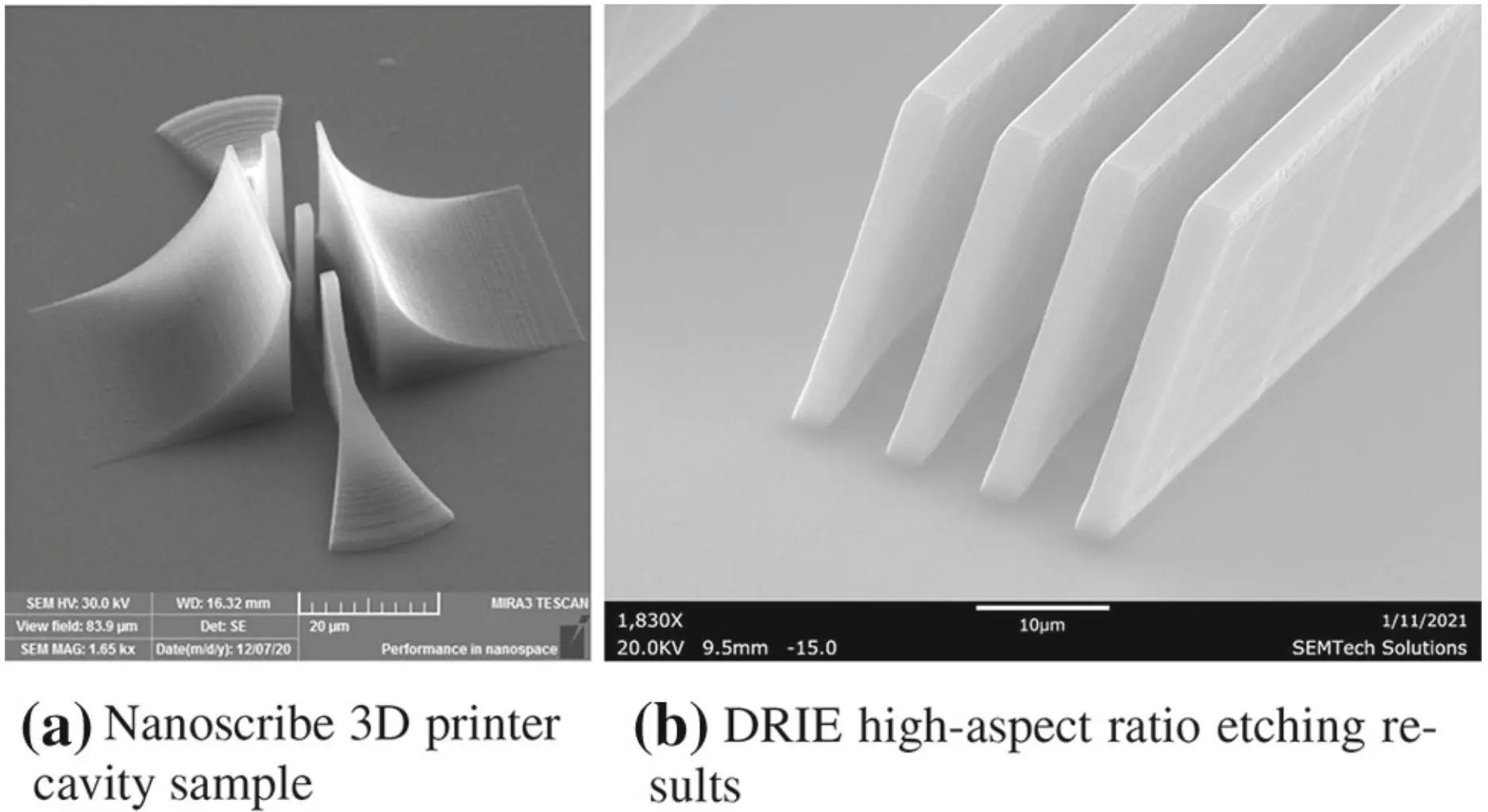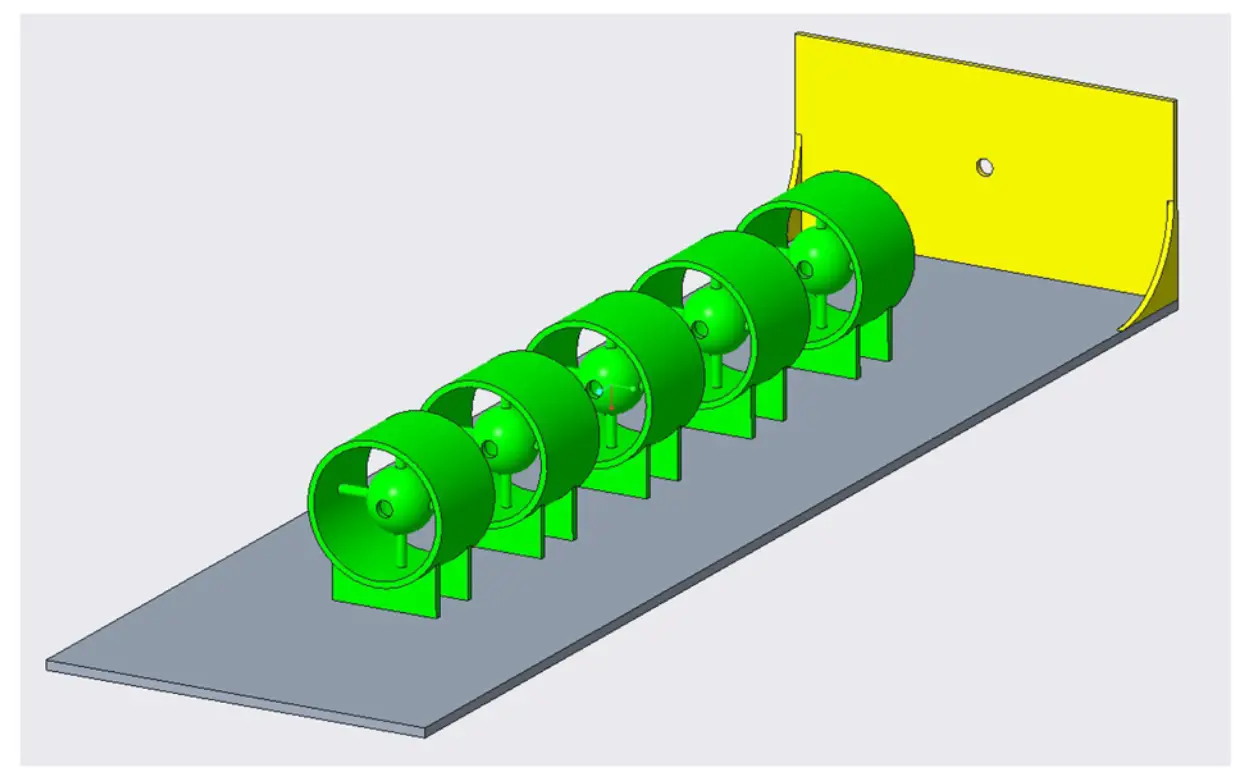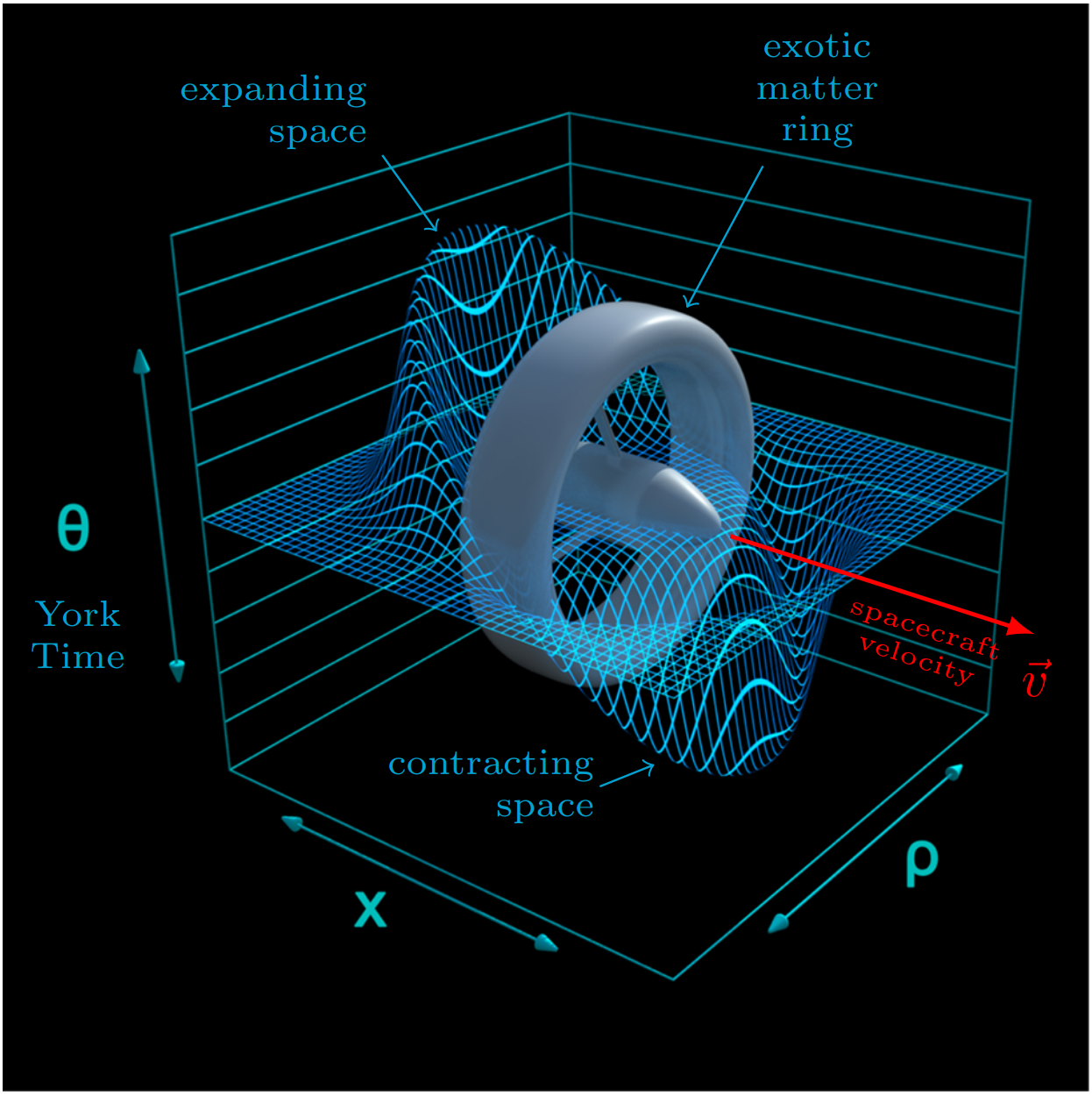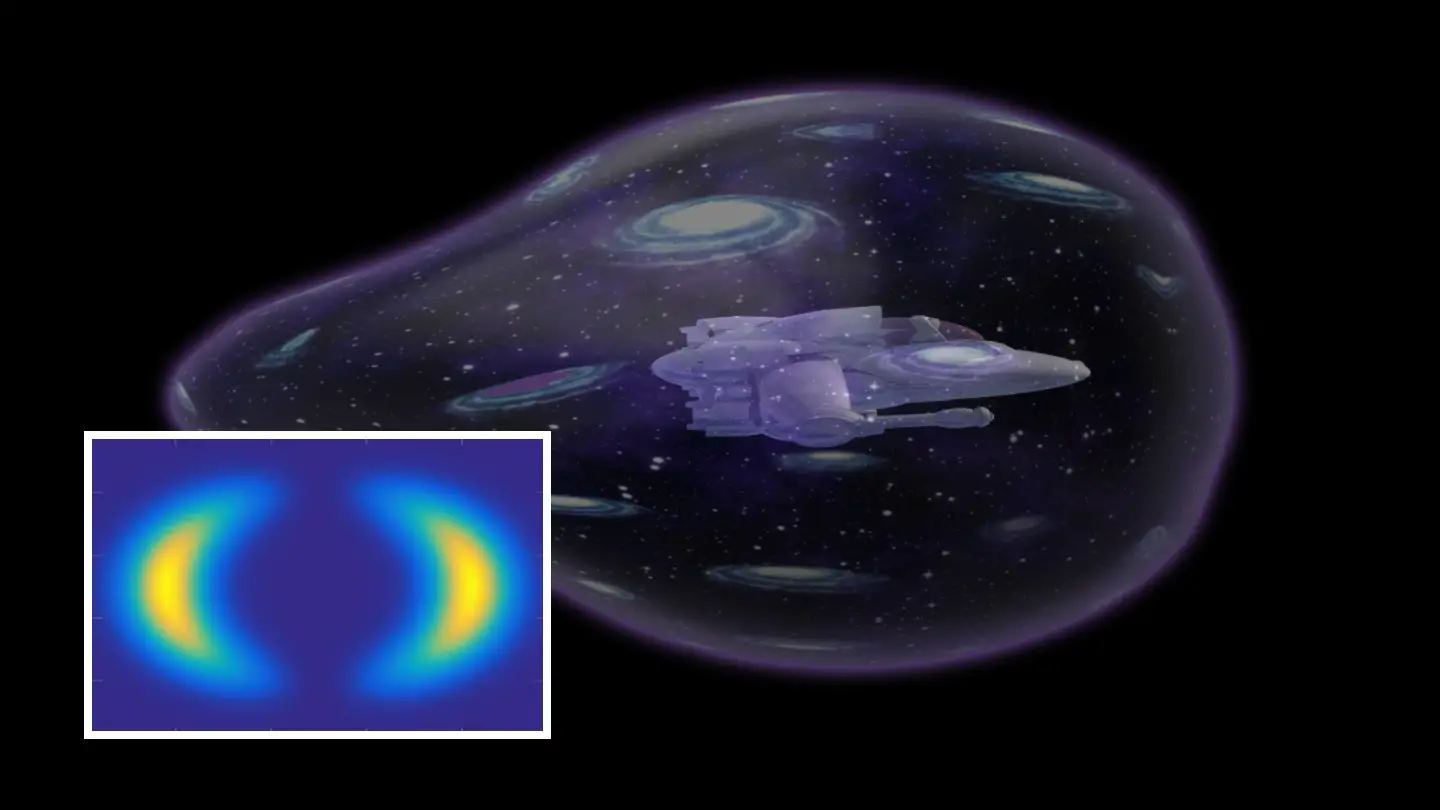It is with regret that we must dispel everyone’s warp bubble. Warp speed has yet to be achieved, despite recent claims that scientists have accidentally generated a warp bubble. However, a group of scientists headed by Dr. Harold G. “Sunny” White has developed a real-world structure that might be used to explore the Casimir effect. It may seem like a little step, but it is a real one.”
When two parallel plates are brought extremely close together, the Casimir effect, for the uninitiated, is a tiny attractive force that exists between the plates. After seeing it happen in the real world, it is now at the top of the list of real-world phenomena that scientists are examining in an effort to find a solution to interstellar space travel.
Alcubierre’s warp drive is based on the premise that the distance between a traveler and their destination may be reduced given the correct circumstances. To overcome the “cosmic speed limit,” a hypothetical spacecraft may theoretically arrive at its destination faster than the speed of light without accelerating its squishy human passengers to relativistic velocities.
However, the price is high. If a spacecraft like the USS Enterprise wants to travel at speeds in excess of the speed of light, it must create a warp bubble around itself using energy that requires dilithium and antimatter.
To generate a warp bubble on Terra Prime, even with the finest of human knowledge, it still needs the use of exotic materials. The Casimir effect can be produced without exotic stuff, and if we want to shrink space, we need to understand everything we can about the natural forces that attract and repel each other.
The study that explains the structure in question is rather lengthy. Silver-plated silicon bead is kept in place between two parallel plates, and an investigation was done to determine how the quantum vacuum energy was distributed around it.
When it comes to the Alcubierre metric, the abstract indicates that a “micro/nano-scale structure has been uncovered that predicts a negative energy density distribution.” “predicted toroidal Casimir energy density distribution for [a] sphere-cylinder system including [a 1 m diameter sphere] hung in the midst of [a] four-micrometer diameter cylinder,” it states.

The research was speculative, and the authors of the report specifically state as much in their manuscript. However, various early versions of the paper presented the findings in an inaccurate light. When this was discovered, numerous publications claimed that it was “the development of a genuine, real-world warp bubble.” The original misunderstanding may be seen in the following quote:
“To be clear, our finding is not a warp bubble analog, it is a real, albeit humble and tiny, warp bubble,” White told The Debrief, quickly dispensing with the notion that this is anything other than the creation of an actual, real-world warp bubble. “Hence the significance.”
During our conversation with Dr. White, we learned that the report does not support this claim. It is important for him to be quite clear about one thing, he told ExtremeTech, “is that we conducted some numerical research to discover an actual structure that one might construct that is anticipated to manifest a true warp bubble…. A true warp bubble has yet to be created in the laboratory. Real and analog are used in the context of physics terminology.”
Those findings are what actually matter. It is impossible to extrapolate findings from one study to the other since one phenomenon is an analog of another. Because of this, not every medicine that has been “demonstrated to function in mice models” makes it to human clinical trials. This is also true. However, there are certain gaps in the similarities between humans and other animals, such as mice, pigs, and monkeys.

Dr. White revealed that phenomena dubbed “acoustic black holes” exist, which behave like black holes in helpful ways that we can research but do not truly exist as black holes themselves. Acoustic black holes are like black holes in that they may contain sound waves inside a volume of fluid, similar to how black holes contain light waves within a volume of space.
They also generate energy similar to that of black hole Hawking radiation. A zone of differential fluid flow is obviously easier to create than a real singularity, but the decreased effort comes at a cost. Only a few of the findings can be generalized from one situation to the next since light and sound are so diverse.
660 Intel Skylake CPUs were used to simulate the parallel-plate structure, as well as perform the following numerical analysis. Since we will be using bespoke topologies to measure the Casimir force, we have to spin up clusters this large on a regular basis to do analysis on the custom Casimir cavities, according to Dr. White. Although we have a thousand CPUs, we still have to keep the model’s details to a minimum in order for it to provide useful results for us.
White’s NGO, the Limitless Space Institute, has a number of ambitious research initiatives, including this one on the Casimir effect (LSI). He likened their “blue-sky” study to contemporary GPS systems in that they must account for both relativity and quantum phenomena in order to deliver the most accurate results possible.
At NASA’s Eagleworks facility, LSI conducts its own internal research as well as collaborates with DARPA’s Defense Sciences Office on grants and research fellowships. In order to create propulsion without using any propellant, the EmDrive experiment used a deliberately formed chamber. (Eagleworks is the lab that created the EmDrive.) It has also financed university research into other unusual methods of transportation, such as beam-energy propulsion, relativistic solar sails, fusion propulsion, and even wormholes.

When it comes to space exploration, NASA has become associated with the agency. We have just refocused our attention on landing people on the moon, but that is not the extent of our ambition; we have satellites, Voyagers, landers, solar probes, and even a small rover that is scouting and preparing the way for humans to ultimately land on Mars with its accompanying drone.
It is possible to travel hundreds of days between Earth and Mars, but imagine sending a person to Saturn’s rings and back in the span of only a few days. If we could harness the power of fission or fusion, we could go a long distance into the outer solar system.
“Nuclear-electric propulsion, where you have got a nuclear reactor that is paired with some sort of electric propulsion, Hall thrusters, what have you — that type of design can transport human beings to any location in the solar system,” Dr. White said. All that is required is a willingness to put in the time and effort to design and deploy these solutions.”
Even though it takes an order of magnitude more energy to transport cargo to Saturn than it does to get the same payload to LEO, nuclear-electric or even chemical propulsion can meet the megawatt-scale power requirements. A micro-reactor on the scale of the boxcar-sized designs being researched elsewhere in the public sector may be able to meet power needs as design sizes continue to reduce.
We have the ability to travel long distances, but we lack the ability to go quickly enough to make the journey worthwhile. In the words of Dr. White, “Nuclear-electric propulsion has given us the solar system.” “However, if we wish to go to another star system in a fraction of a human lifetime, we must turn to the boundaries of physics.”

